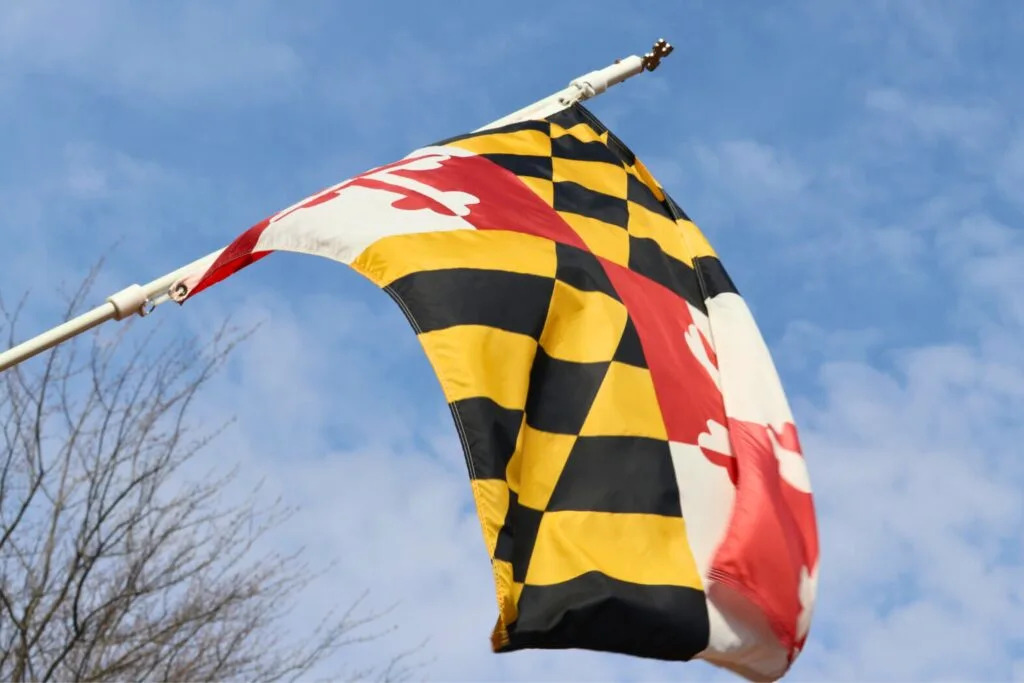
A Maryland state flag flies outside the State House in Annapolis. (File photo by Danielle E. Gaines/Maryland Matters)
Editor’s note: Today and tomorrow, Maryland Matters offers a preview of the newest edition of the Almanac of American Politics, the classic political reference book for political junkies.
For more than five decades, the Almanac of American Politics has set the standard for political reference books. In September, the Almanac will be publishing its 2026 edition, with more than 2,000 pages offering fully updated chapters on all 435 House members and their districts, all 100 senators, all 50 states and governors, and much more.
Below are excerpts from the new chapters in the 2026 Almanac on the state of Maryland, written by Louis Jacobson — a senior correspondent for PolitiFact, a contributor to eight editions of the Almanac and, this year, its chief author — and Lou Peck, a co-founder of Maryland Matters and a senior author of the Almanac.
Maryland continued to vote strongly Democratic even in 2024, a good election cycle for Republicans nationally and one in which core Democratic minority groups nudged rightward. But Maryland is thick with government employees, contractors and highly educated professionals, meaning it faces an uncertain future under a second Donald Trump administration.
Just south of the Mason-Dixon line and north of the Union-Confederate lines during most of the Civil War (and the scene of the war’s bloodiest one-day battle, Antietam), Maryland is a crossroads state, with both Northern and Southern influences and industrial and rural economies. This was the only one of the 13 colonies founded by Roman Catholics — the Calvert family. Its embrace of religious tolerance came less from high-minded ideals than from the Calverts’ desire to protect their property from religion-related attacks. Similarly, although hot-blooded Baltimoreans wanted to secede from the Union in 1861, cooler heads prevailed. (The state song, until its elimination in 2021, was “Maryland, My Maryland,” based on a poem condemning Abraham Lincoln’s suppression of pro-Confederate rioters.)
The Puritan impulse was never lively in Maryland. Prohibition was enforced laxly in Baltimore, to the delight of the city’s great journalist-cum-lexicographer, H.L. Mencken. In some corners of the state, segregation was evident well into the 1960s. Much of Maryland’s political history reads like a chronicle of rogues, notably Spiro Agnew, who was Maryland’s governor when Richard Nixon tapped him for his 1968 ticket; Agnew resigned as vice president in October 1973 when he pleaded guilty to income tax evasion.
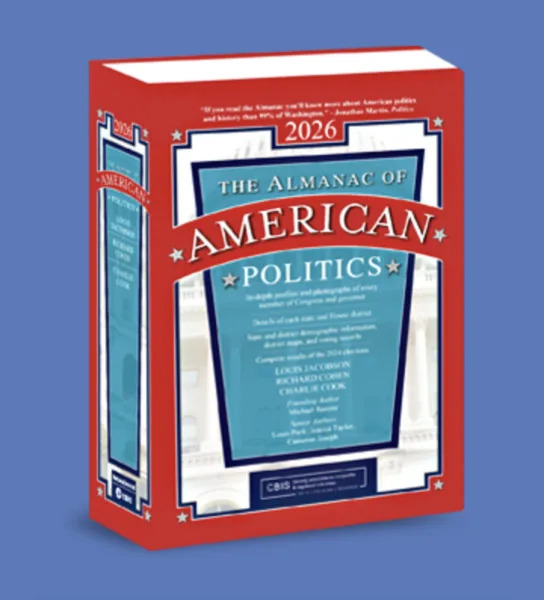
The Chesapeake Bay is the nation’s largest estuary, with water saltier than a river but fresher than the ocean, and with unique shellfish and watermen. Pollution and years of overharvesting drastically reduced its yield, and the terrapin and Chesapeake oyster are rare today. But a continuing statewide Save the Bay movement has had a positive effect. After years of improvement for such species as crabs and striped bass (also known as rockfish), rising water temperatures and an increase in sediment have hampered progress. The blue crab population has bounced back from a record low in 2022, according to an annual survey, and the oyster harvest has improved since 2021.
During and after World War II, half the state’s inhabitants lived in the city of Baltimore, but the city’s population has fallen from 1 million in the early 1950s to 565,239 in 2023. With a large population of suburban professionals, Maryland’s $101,000 median household income is in a virtual three-way tie with Massachusetts and New Jersey for the nation’s highest. Combined, the Washington and Baltimore metropolitan areas have 9.1 million people, easily more than either the Dallas or Houston metro areas. But Baltimore and Washington have divergent histories, economic bases and attitudes.
Washington is a one-industry, white-collar, capital city; historically, the federal government has kept the region going as the rest of the country endures sluggish recoveries, though in the second Trump presidency that pattern could be reversed. That threat has led state officials to recently renew calls to diversify the state’s economy. Maryland’s federal workforce of roughly 150,000 includes many employees at the National Institutes of Health complex in Bethesda and the Food and Drug Administration in Rockville. In the 8th Congressional District, which runs north from the District of Columbia, more than 14% of workers are federal employees.
This has generated a health and biotech corridor in Montgomery County. In 2023, after a yearslong battle, the federal government selected the Prince George’s County suburb of Greenbelt for the FBI’s new headquarters. But Republicans were unhappy with the decision even before Trump won a second term promising to overhaul the FBI and clouding the move, with the FBI announcing in July that it would abandon Greenbelt for a new home in the District’s Ronald Reagan Building.
Baltimore started as a port and industrial city; Bethlehem Steel once operated the massive Sparrows Point plant on the east side of surrounding Baltimore County. The city managed to stay diversified as it spread out into the countryside from its central core at the Inner Harbor and its solidly built downtown edifices. It is home to the popular Oriole Park at Camden Yards (the first of the new-old Major League Baseball ballparks of the 1990s, now preparing renovations), the Babe Ruth Birthplace and Museum, and Johns Hopkins University, with its Georgian buildings along the affluent corridor that runs directly north from downtown all the way to suburban Hunt Valley.
Population in Howard County, which straddles the District of Columbia and Baltimore metro areas, has grown by an estimated 17% since 2010. Less populated parts of the state, however, have stagnated. Cumberland, in the state’s western panhandle, has seen its population contract by 11% since 2010, with a 23.5% poverty rate; it has begun offering up to $20,000 in cash and discounts to 10 households that promise to move and buy a home.
In recent years, the city of Baltimore has been known for its more dystopian elements, painstakingly (and prophetically) chronicled by the HBO dramatic series “The Wire.” In Maryland, about 72% of prison inmates are Black, far higher than their 32% of the state population. Amid a scourge of drugs and crime, the city paid millions for harms inflicted by police.
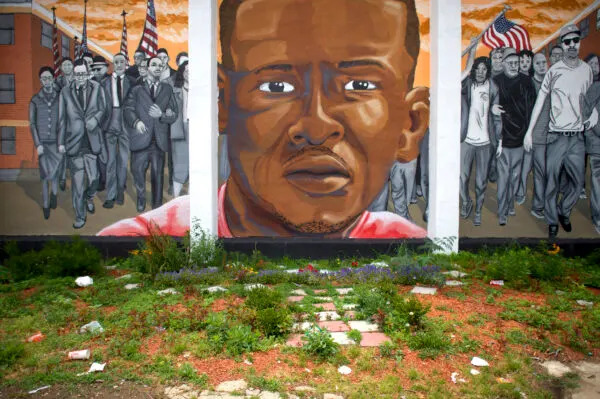
The situation exploded in 2015, when Baltimore resident Freddie Gray, 25, died of spinal injuries after being taken into police custody. Rioting, particularly in the impoverished Sandtown-Winchester neighborhood, ensued. A curfew was imposed, and eventually charges were filed against six police officers. None were convicted. In August 2016, the U.S. Department of Justice released a report critical of the city’s aggressive policing strategy against quality-of-life crimes. Gray’s death shattered residents’ trust in the police, and, amid shifting political and law-enforcement leadership, the police seemed to retreat. As a result, violent crime surged, with Black residents suffering the most.
In 2017, Baltimore “recorded 342 murders—its highest per-capita rate ever, more than double Chicago’s, far higher than any other city of 500,000 or more residents and, astonishingly, a larger absolute number of killings than in New York, a city 14 times as populous,” wrote Baltimore-based journalist Alec MacGillis. While the city’s homicide rate has remained high, it has since declined; in 2024, Baltimore had its lowest homicide rate in nearly 15 years, to a level 40% lower than the pre-pandemic year of 2019.
City leadership has been inconsistent: Mayor Sheila Dixon resigned in a plea agreement with prosecutors in 2010, and her successor, Stephanie Rawlings-Blake, weakened by fallout from the Gray incident, declined to seek another term. The next mayor, Catherine Pugh, resigned amid a scandal involving insider deals to purchase a children’s book she wrote. But Mayor Brandon Scott, a progressive and the youngest mayor in city history when he was elected during the depths of the COVID-19 epidemic, survived a crowded Democratic primary in 2024 that included former mayor Dixon and easily won reelection in November.
In March 2024, a 947-foot-long cargo vessel toppled Baltimore’s Francis Scott Key Bridge, killing six workers, severing the Baltimore Beltway and shuttering the city’s bustling port for 11 weeks. Rebuilding the span is expected to last through 2028 and cost at least $1.9 billion.
Historically, most of Maryland’s successful statewide politicians came from Baltimore, including three mayors who won the governorship: Republican Theodore Francis McKeldin and Democrats William Donald Schaefer and Martin O’Malley. For three decades, Maryland’s senators lived in Baltimore and commuted to Washington. Until 2014, when Republican Larry Hogan won the first of his two terms, Democrats yielded the governorship only once since 1966—from 2002 to 2006, when Republican Bob Ehrlich served.
In the state’s House delegation, Democrats outnumber Republicans 7-to-1, an even more extreme discrepancy than voting patterns would suggest, thanks to a gerrymander that was restrained by the courts from an even more aggressive version in 2022. Rep. Steny Hoyer (D-5th) is the third-most senior House member, and from 2003 to 2023 he was the No. 2 in Democratic leadership to Nancy Pelosi, whose father, Thomas D’Alesandro, was a representative from, and mayor of, Baltimore; the rivalry between Pelosi and Hoyer began in the early 1960s, when they were both interns in the office of Sen. Daniel Brewster of Maryland.
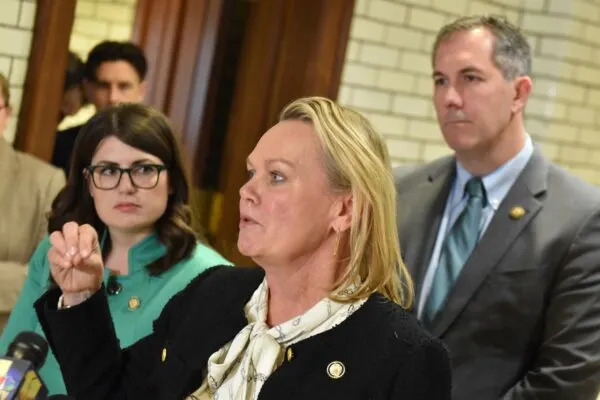
Beginning in 2025, however, the Maryland House delegation includes three freshmen and one second-termer, and the state’s junior senator, Angela Alsobrooks, is a freshman, too, a far cry from the state’s historical edge in seniority, with such long-serving senators as Democrats Paul Sarbanes, Barbara Mikulski and Ben Cardin.
For many years, Maryland was a marginal state in national politics; it voted Republican for president as recently as 1988. But demographic and geographic shifts have made it solidly Democratic. Although the state was 80% white in 1970, Maryland now ranks fourth-highest nationally for its Black population, at 31.6%. Many Blacks in Maryland, especially in Prince George’s County, are college-educated and economically upscale.
Meanwhile, the percentage of foreign-born residents in Maryland trailed the national average until around 2005 but now surpasses the nation as a whole, at 16.3%. In Montgomery County, an inner-ring Washington, D.C., suburb, non-Hispanic whites now account for almost 41% of the population, Hispanics account for 21% and Asians account for 16%. About one-third of county residents are immigrants. This diversification has proceeded despite the median value of owner-occupied housing exceeding $615,000, more than twice the national average.
In the 1980s, Montgomery and Prince George’s weren’t more Democratic than the rest of the state and were sometimes less so. But during a generation in which Republicans have backed smaller government and taken conservative cultural stands, Montgomery and Prince George’s counties have become overwhelmingly Democratic. In the 2024 presidential race, Montgomery and Prince George’s cast 30% of the state’s two-party presidential vote, well above the combined 21% from Baltimore city and county, and the combined 19% from the Baltimore satellite counties of Anne Arundel and Howard. Once rural and predominantly white Charles County is now 54% Black, 8% Hispanic and 3.5% Asian and has also become Democratic.
Such transformations have pushed Maryland leftward, with even the two-term Republican governor, Larry Hogan, protecting the state’s Affordable Care Act insurance exchange and mostly opposing Trump; he was able to poach support from roughly one-third of Democrats. But after Republican primary voters nominated extreme candidates for the 2022 statewide elections, the party took no more than 39% in any key race, and in 2024, Hogan himself lost by almost 12 points in an open-seat Senate contest against Alsobrooks. In the same election, 76% of Maryland voters supported a pro-abortion-rights constitutional amendment.
SUBSCRIBE: GET THE MORNING HEADLINES DELIVERED TO YOUR INBOX
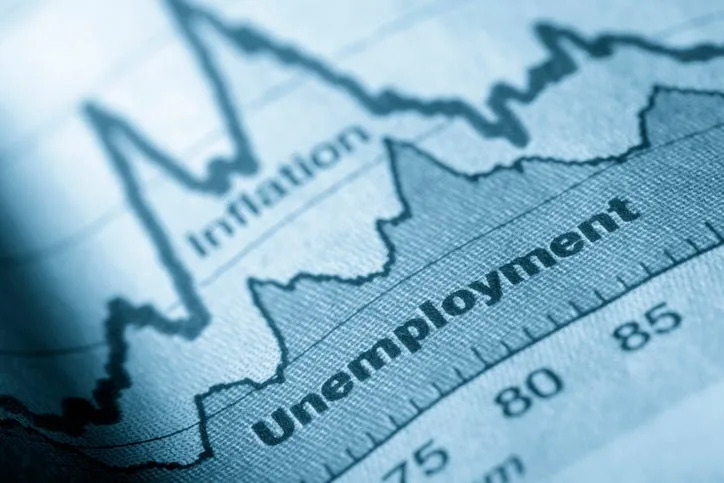
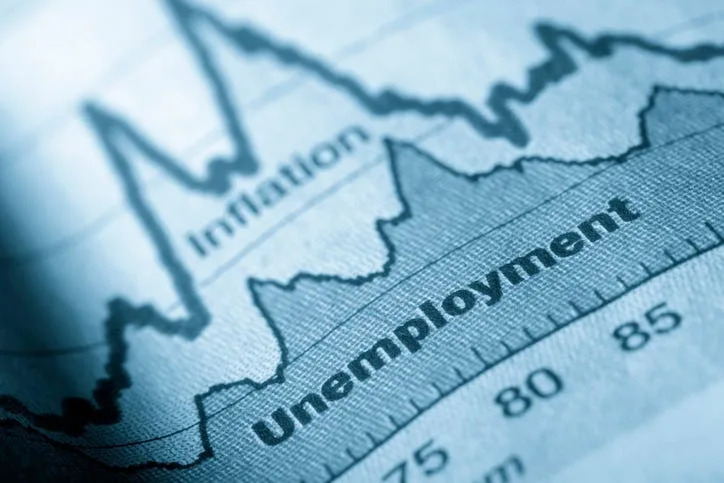

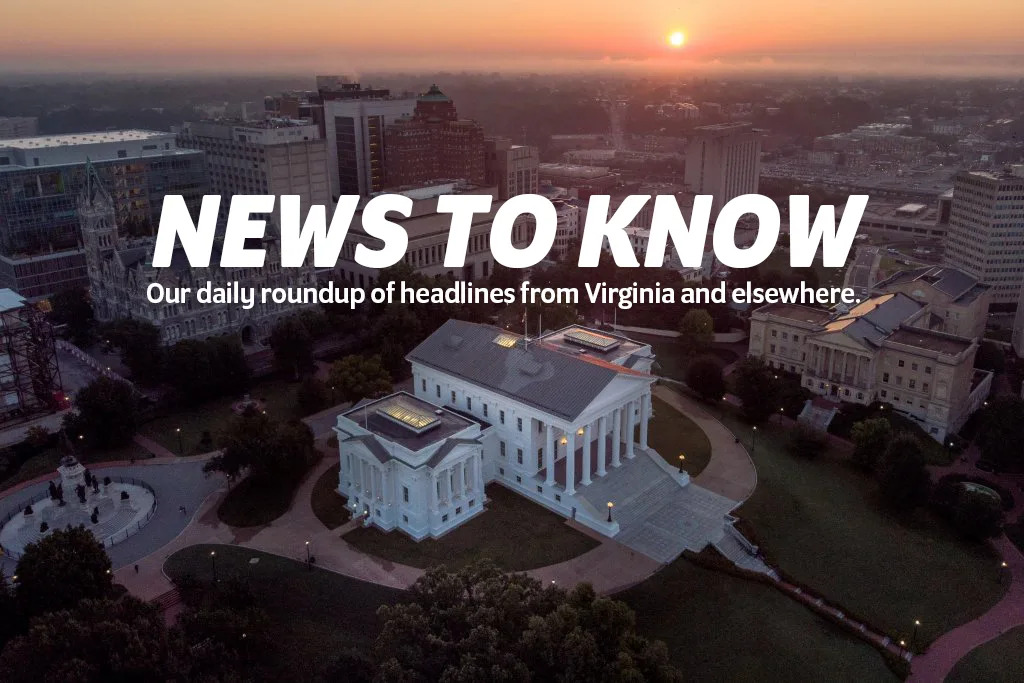
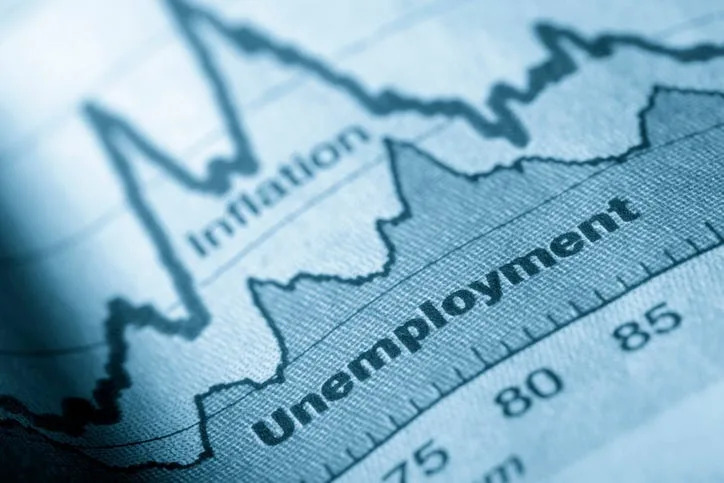
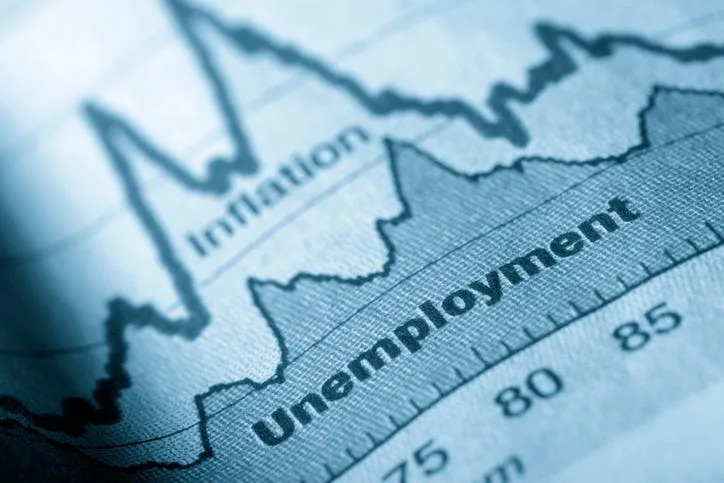
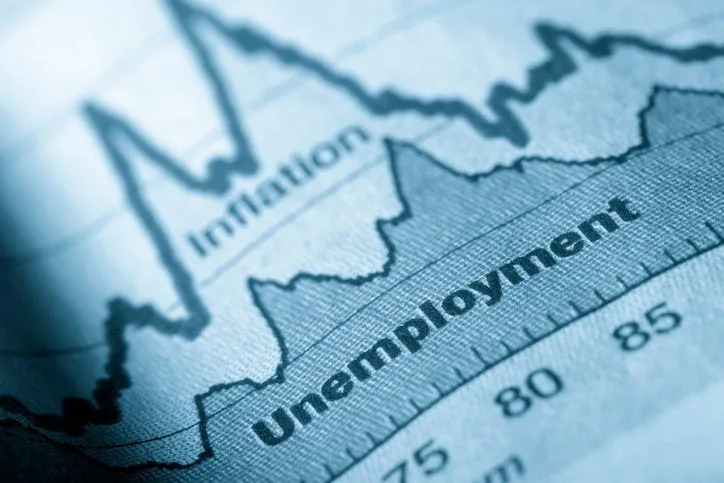

Comments